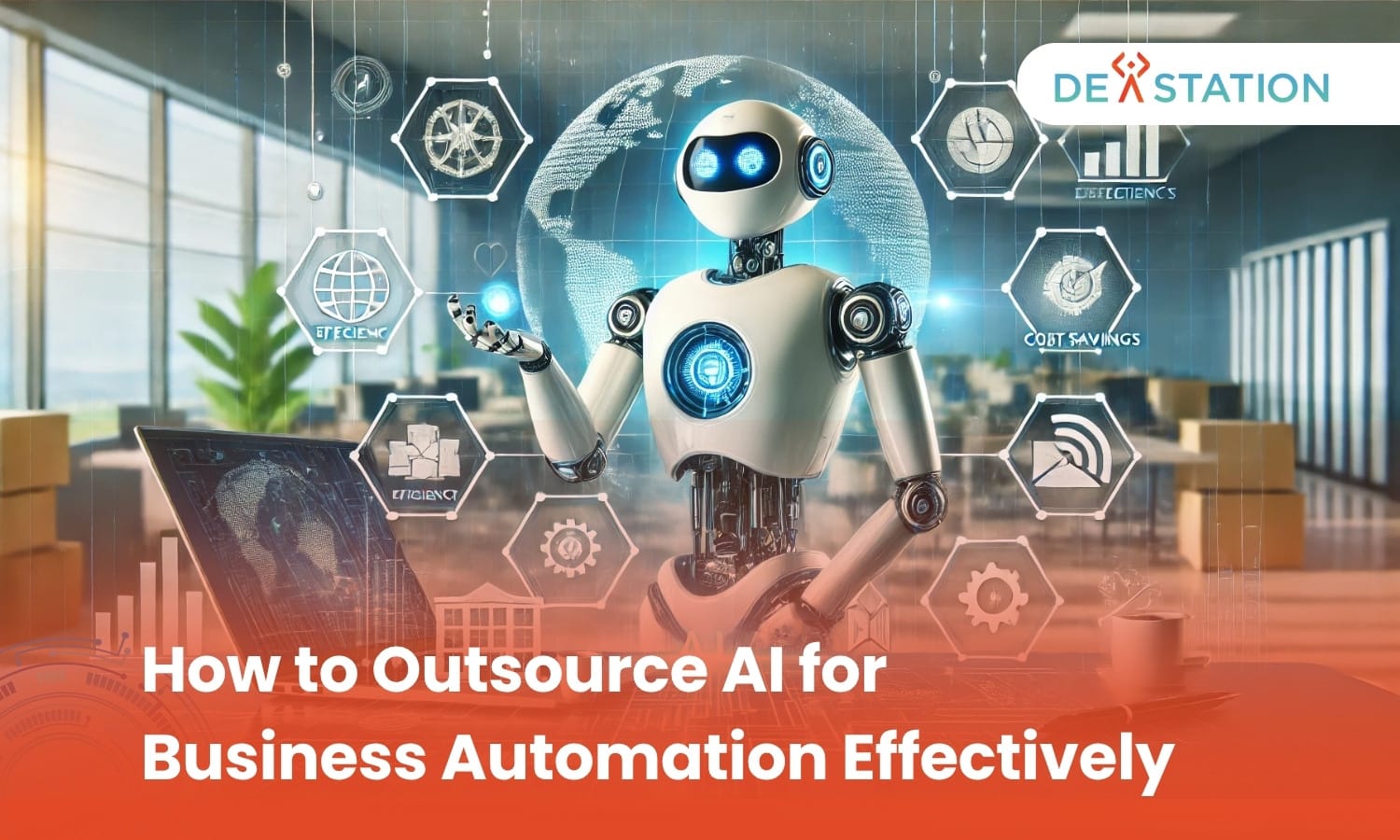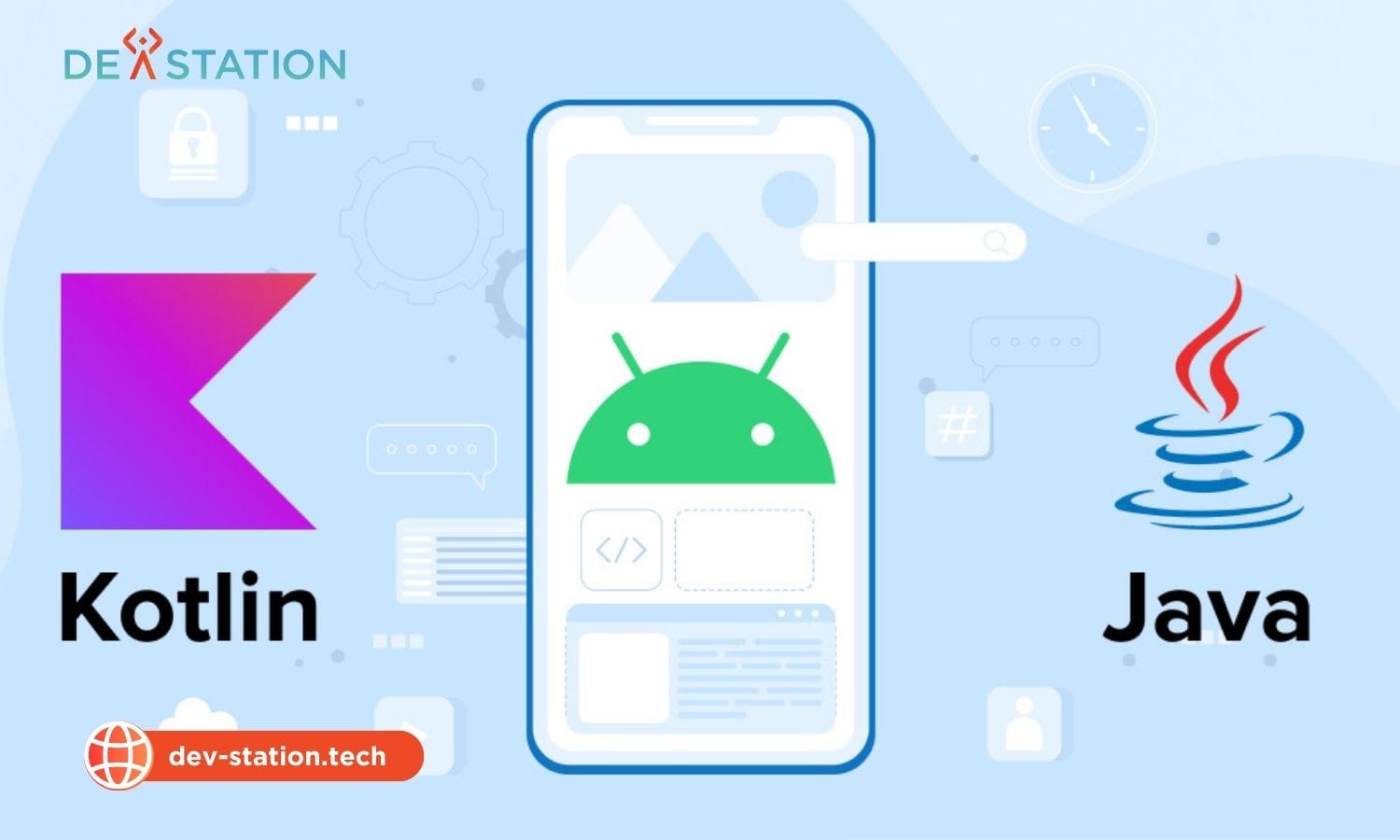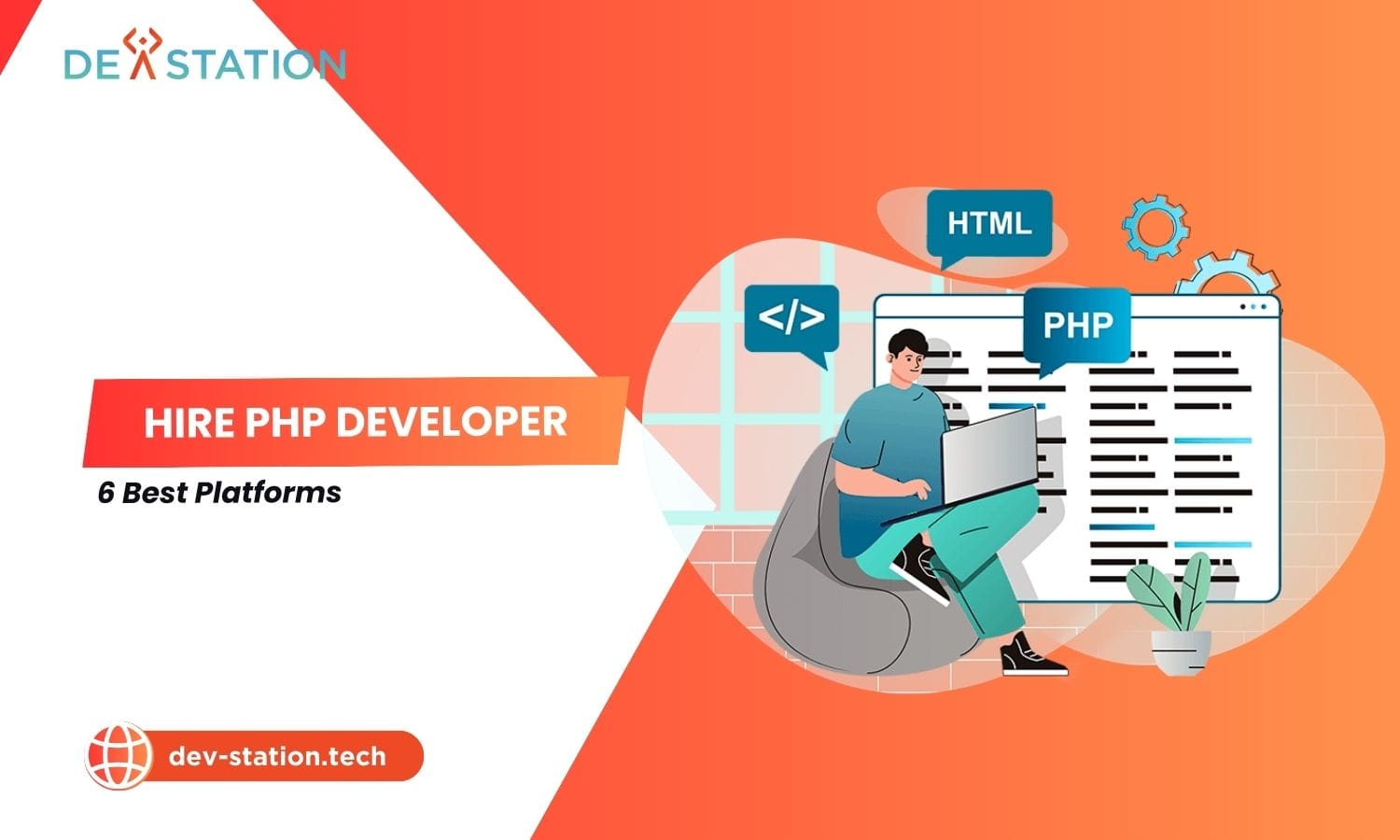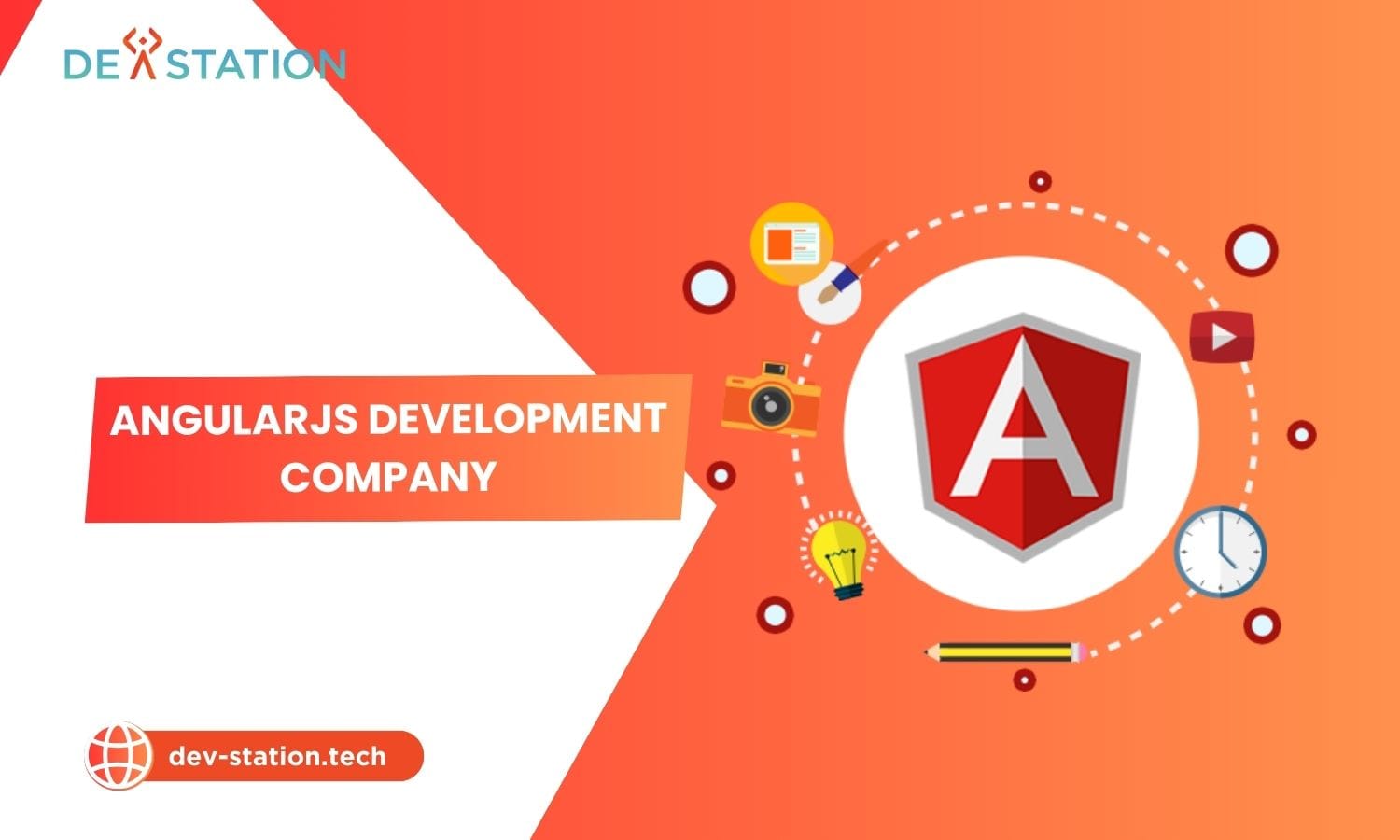The global demand for advanced artificial intelligence solutions is reshaping industries at an unprecedented pace. Statista projects a 27.6% annual growth rate for the AI market through 2030, creating both opportunities and challenges for organizations. With over 52,000 unfilled AI specialist roles in the U.S. alone, many enterprises struggle to build internal capabilities quickly enough to compete.
Strategic partnerships with specialized providers offer a path forward. Companies leveraging external expertise can reduce operational costs by 40-60% while accelerating implementation timelines. This approach bypasses the lengthy recruitment cycles required for roles like machine learning engineers and data scientists, which now take 30% longer to fill than in 2022.
Third-party collaborations provide access to cutting-edge automation tools and industry-specific knowledge. From predictive analytics to natural language processing, these solutions enable organizations to optimize workflows without diverting resources from core operations. Maintenance and updates remain handled by experts, ensuring systems evolve with technological advancements.
Contents
ToggleKey Takeaways
- Global AI market growth exceeds 27% annually through 2030
- U.S. AI job vacancies tripled since 2022, highlighting talent scarcity
- External partnerships reduce implementation costs by 40-60%
- Access to specialized skills accelerates digital transformation
- Ongoing maintenance ensures alignment with tech advancements
Understanding AI and Business Automation Trends
Organizations now view intelligent systems as critical drivers of competitive advantage. Over 75% of enterprises use artificial intelligence to enhance operations, combining machine learning with established workflows. This shift reflects a broader movement toward data-driven decision-making across industries.
The Role of AI in Modern Business
Advanced technologies enable companies to analyze customer behavior, predict market shifts, and optimize supply chains. Unlike static rule-based systems, these solutions adapt through continuous learning. For example:
- Retailers adjust pricing dynamically using predictive analytics
- Manufacturers prevent equipment failures with IoT sensor analysis
- Healthcare providers diagnose conditions faster through image recognition
Business Automation Explained
Traditional automation handles repetitive tasks like invoice processing through predefined rules. Modern implementations integrate natural language processing and robotics to manage complex scenarios. Key differences include:
- Self-improving algorithms that refine accuracy over time
- Real-time adjustments based on live data streams
- Cross-departmental coordination through unified platforms
Accenture research confirms companies combining these approaches achieve 3x faster process completion rates. Strategic adoption ensures tools align with specific organizational goals while maintaining scalability.
How to outsource AI for business automation
Measurable outcomes begin with precise alignment between organizational goals and technical capabilities. Enterprises must first conduct a thorough analysis of operational pain points where automation can drive tangible improvements. This assessment phase identifies high-impact areas like inventory management or customer service workflows.
Vendor selection demands rigorous evaluation of industry-specific expertise and technical credentials. Leading providers demonstrate proven success in deploying solutions across similar operational environments. Case studies and client references offer critical insights into real-world performance.
Robust collaboration frameworks form the backbone of successful engagements. Shared digital workspaces enable secure data exchange while maintaining version control. Regular progress reviews and milestone tracking ensure alignment with project timelines.
Adopting a phased implementation approach minimizes disruption to daily operations. Pilot programs in controlled environments allow teams to refine algorithms before enterprise-wide deployment. This strategy reduces upfront costs while validating technical assumptions.
Continuous performance monitoring through predefined metrics ensures sustained value creation. Organizations maintain strategic direction by establishing clear ownership of decision-making processes. Regular capability updates keep systems aligned with evolving business requirements.
Benefits and Challenges of Outsourcing AI Solutions
Adopting external technical expertise creates measurable advantages while introducing unique complexities. Organizations must weigh financial benefits against potential roadblocks to maximize returns from intelligent system deployments.

Operational Cost Savings and Efficiency
Partnering with specialized providers reduces operational costs by up to 60% compared to internal development. External teams eliminate expenses tied to recruiting data scientists and maintaining high-performance computing infrastructure.
| Advantage | Challenge | Mitigation Strategy |
|---|---|---|
| Reduced infrastructure costs | Data security risks | GDPR-compliant encryption protocols |
| Faster implementation timelines | System integration issues | Middleware API solutions |
| Access to pre-built frameworks | Algorithm bias concerns | Diverse training datasets |
Preconfigured solutions accelerate deployment, allowing businesses to achieve workflow improvements 3x faster than building custom tools. Cloud-based pricing models further optimize costs through scalable resource allocation.
Overcoming Implementation Hurdles
Initial deployment challenges often stem from incompatible systems or insufficient training data. Pilot programs in controlled environments help teams refine processing rules before full-scale adoption.
Ethical concerns require proactive measures. Regular audits of machine learning models ensure accuracy and fairness, while employee reskilling initiatives address workforce transition needs. These steps maintain operational efficiency during technological shifts.
Strategic Approach and Partner Selection for AI Outsourcing
Successful collaboration begins with methodical partner evaluation and precise project design. Over 63% of enterprises report improved outcomes when aligning vendor capabilities with strategic objectives from day one. This process demands equal attention to technical expertise and operational alignment.

Choosing the Right Partner
Technical competency forms the foundation of effective partnerships. Leading providers demonstrate fluency in machine learning frameworks like TensorFlow and PyTorch, coupled with expertise in programming languages such as Python and Scala. Verify their ability to handle natural language processing tasks and computer vision implementations through documented case studies.
Infrastructure capabilities separate contenders from true partners. Assess access to ML platforms like Amazon SageMaker and orchestration tools such as Kubeflow Pipelines. These technologies ensure scalable solutions that grow with organizational needs.
| Evaluation Criteria | Key Indicators |
|---|---|
| Technical Expertise | Certifications in deep learning frameworks |
| Industry Experience | Client testimonials in your sector |
| Scalability | Cloud integration capabilities |
Structuring Comprehensive Proposals
Effective proposals map project scope to measurable outcomes. Define success metrics like processing speed improvements or error rate reductions upfront. Include phased timelines that balance speed with risk management.
Communication protocols prove critical for cross-functional teams. Establish weekly progress reviews and real-time dashboards for transparent intelligence sharing. “The best proposals create accountability through defined escalation paths,” notes a senior solutions architect at a Fortune 500 tech firm.
Geographic and cultural alignment often determines long-term success. Partners in compatible time zones achieve 28% faster issue resolution according to recent industry surveys. This synergy becomes vital when scaling solutions across global operations.
Harnessing AI Outsourcing for Industry-Specific Applications
Specialized implementations now drive measurable improvements across key sectors. Tailored solutions address unique operational demands while maintaining compliance with industry regulations.
Healthcare Innovations
Medical institutions deploy machine learning algorithms to analyze complex imaging data. These systems detect anomalies in X-rays and MRIs with 94% accuracy – outperforming traditional diagnostic methods. Predictive analytics identify high-risk patients through historical health data, enabling preventative care strategies.
Financial Solutions
Banks utilize pattern recognition to flag suspicious transactions in milliseconds. Advanced language processing tools parse financial documents, extracting critical terms for risk assessment. Customized investment platforms analyze individual portfolios using adaptive algorithms, making wealth management accessible to broader demographics.
E-Commerce Transformation
Retail platforms employ behavioral analytics to predict purchasing patterns with 85% precision. Intelligent chatbots handle 73% of routine customer inquiries, while recommendation engines boost average order values by 35%. Real-time inventory systems automatically adjust stock levels based on demand forecasts.
Streamlining Data Security, Integration, and Compliance
Effective data governance separates industry leaders from competitors in today’s digital landscape. Third-party collaborations demand ironclad protections for sensitive information while ensuring seamless connectivity across platforms.
Robust Data Management Strategies
Confidentiality agreements form the first defense layer. These contracts must detail intellectual property rights and specify consequences for breaches. Security audits validate partner adherence to frameworks like ISO 27001 or GDPR – non-negotiable for regulated industries.
Three critical components ensure safe integration:
- Anonymization tools that mask personal identifiers in training datasets
- Middleware solutions bridging legacy systems with new platforms
- Automated deletion protocols for expired records
Compliance management requires continuous effort. Financial institutions, for example, implement real-time monitoring to meet SEC guidelines. Healthcare providers encrypt patient data using HIPAA-approved methods during AI model development.
| Security Protocol | Implementation Step | Risk Mitigated |
|---|---|---|
| Penetration Testing | Quarterly system evaluations | Unauthorized access |
| Access Tiering | Role-based permissions | Internal data leaks |
| Encryption Standards | AES-256 for storage/transit | Cyberattacks |
Proactive maintenance prevents 83% of potential breaches according to IBM Security research. Organizations that pair these strategies with employee training reduce vulnerability exposure by 67% annually.
Future Trends and the Evolution of AI Outsourcing
Generative AI is redefining operational paradigms across industries. Accenture’s 2025 Tech Vision reveals only 13% of enterprises achieve significant impact with these technologies, despite 87% experimenting with prototypes. This gap highlights the growing need for specialized expertise in scaling advanced artificial intelligence solutions.
Generative AI and Emerging Technologies
Next-generation algorithms now power hyper-personalized customer experiences and automated content creation. Systems using natural language processing can draft legal contracts or marketing copy with human-like precision. However, successful implementation requires robust training datasets and infrastructure most organizations lack internally.
Market Growth and Talent Shortages
The global AI market continues expanding at 27.6% annually, creating urgent demand for technical skills. Over 68% of tech leaders report difficulty hiring machine learning engineers, according to recent workforce surveys. Strategic partnerships enable companies to bypass recruitment bottlenecks while accessing cutting-edge technologies.
Forward-thinking organizations combine external expertise with internal capability-building programs. This dual approach addresses immediate operational needs while preparing teams for evolving trends. As predictive analytics tools grow more sophisticated, collaborative models will determine which enterprises lead their sectors through 2030 and beyond.





